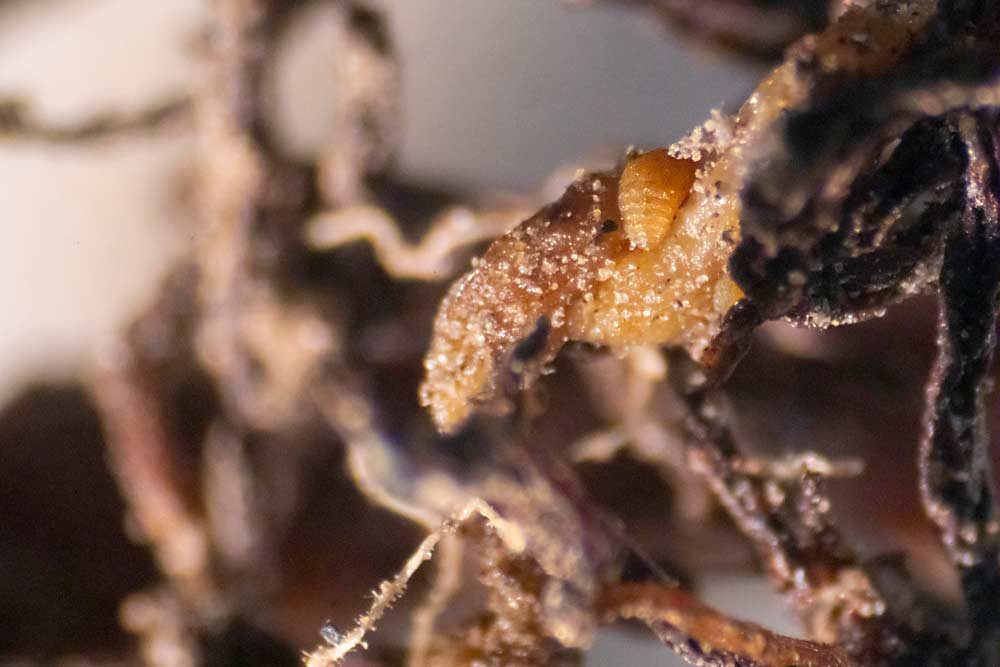
Washington wine grape growers weathered a lot in 2019, including a severe early frost, ongoing oversupply, shifting consumer demand, increasing labor challenges and reckoning with detections of a new pest.
So, when growers and winemakers gather in Kennewick in early March for the Washington Winegrowers Association’s annual convention, there’s going to be a lot to talk about. And the focus is embracing the opportunity created by change, said executive director Vicky Scharlau.
“Even before we knew the industry was going to get hit with unseasonable cold events, the concept of embracing opportunity was our theme,” she said. “We’re taking the overall consumer reduction in wine, globally, and looking at that as a tool to look at how we are growing, marketing and packaging wine.”
The main event kicks off on Tuesday, March 3, with its first-ever sparkling wine tasting and the State of the Industry session, focusing on wine trends globally and how Washington fits into the big picture, Scharlau said. Lulie Halstead, CEO of Wine Intelligence, a United Kingdom-based research agency, will share findings on what consumers want when it comes to sustainability. Halstead will also give the keynote address at the Leadership and Legacy Luncheon on Thursday, March 5.
“As always, the committee has put together a terrific agenda,” said Winegrowers board chair Patrick Rawn of Two Mountain Winery and Vineyards. It’s important for the industry to come together to tackle tough topics and look at the big picture, he said. “It’s an opportunity to force yourself to look at the macro and not just stay in the weeds of each of our own operations.”
Session topics include natural winemaking certifications, vineyard mechanization, smart irrigation technology and vineyard renovation.
Event details:
Washington Winegrowers 2020 Convention and Trade Show
When: March 2–5
Where: Three Rivers Convention Center in Kennewick, Washington
Registration and details: wawinegrowers.org/page/2020Convention
“A lot of our vineyards are getting to the age where you need to do a cost-benefit analysis,” Scharlau said, so the education committee designed a session to help growers make decisions on when to pull a vineyard and how to make the most of the opportunity to replant during a slower market.
The new pest session, focused on phylloxera and spotted lanternfly, was already in the works before the first phylloxera findings in Walla Walla were reported last fall, Scharlau said, to give attendees a chance to earn pesticide credits. Now, the session is likely to be well attended by growers interested in how to sample for phylloxera, its distribution in Washington, and discussing what the long-term management strategy — pest-resistant rootstocks — would mean for the largely own-rooted region.
The off-the-agenda opportunities to connect with industry colleagues is always good, but it’s especially important in the wake of a difficult year, Rawn said.
“After a challenging year, such as this year with the freeze, staying connected to the industry and understanding that there’s a large industry here and we’re all facing the same problems and we’re helping each other through it,” Rawn said. “There’s strength in numbers.” •
—by Kate Prengaman






Leave A Comment